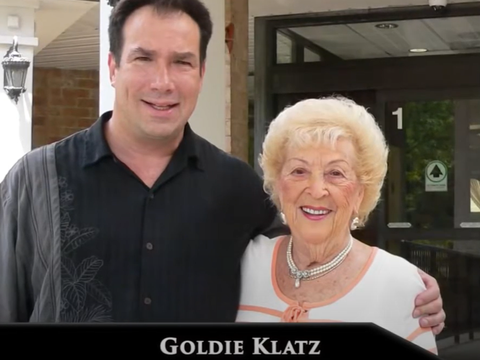21901
0
Posted on Dec 21, 2020, 8 p.m.
Dr. Russell Reiter is a larger than life legend in his own time residing in Texas. He is the Editor-in-Chief of the Journal of Pineal Research and on the Editorial Board of 7 other journals. He has received three honorary doctor of medicine degrees and, most recently, the Presidential Distinguished Scholar Award from the University of Texas, Health Science Center at San Antonio where he is on the faculty.
There’s much more, but basically, he is famous for his years of dedicated study of melatonin. This spring he lectured at the American Academy of Ozone Therapy meeting in Dallas. His audience was spellbound and eager to learn from this master, primarily to find out just how much melatonin we should use and why.
Melatonin is an ancient, 3.2 billion years ancient antioxidant first evolving in bacteria. Melatonin, which is formed deep inside our brain in the pineal gland, sets the rhythm of our daily day and night cycles. Our genetic signaling is dependent upon correct melatonin signaling. Dr. Reiter told the group that light is the largest source of pollution that our bodies must deal with. In particular, blue light (very prevalent with our computer screens) suppresses melatonin the most.
And the loss of melatonin puts us at risk for breast cancer and other cancers, neurological disorders such as Parkinson’s and Alzheimer’s diseases, and for sensitivity to neurotoxins and glutamate toxicity.
Of course, everyone wants to know how much melatonin to use and how much Dr. Reiter himself uses. After cautioning everyone to decrease their light exposure pollution and to get to bed at darkness and rise at dawn, Dr. Reiter admits to personally using 100 mg of melatonin daily. As he danced on the stage to illustrate the problems with disco dancing the night away at the age of 82, it seems he just might be onto something.
As with anything you read on the internet, this article should not be construed as medical advice; please talk to your doctor or primary care provider before making any changes to your wellness routine.
About the Author:
Carol Petersen, RPh, CNP, CEO and founder of The Wellness By Design Project is an accomplished compounding pharmacist with decades of experience helping patients improve their quality of life through bio-identical hormone replacement therapy. She graduated from the University of Wisconsin School of Pharmacy and is a Certified Nutritional Practitioner. Her passion to optimize health and commitment to compounding is evident in her involvement with organizations including the International College of Integrated Medicine and the American College of Apothecaries, American Pharmacists Association and the Alliance for Pharmacy Compounding. She was also founder and first chair for the Compounding Special Interest Group with the American Pharmacists Association. She serves as chair for the Integrated Medicine Consortium. She co-hosts a radio program “Take Charge of your Health” in the greater New York area. She is also on the Medical Advisory Board for the Centre for Menstrual Cycle and Ovulation Research (CeMCOR.ca).
Materials provided by:
Content may be edited for style and length.
This article is not intended to provide medical diagnosis, advice, treatment, or endorsement
https://thewellnessbydesignproject.com/melatonin-not-really-a-hormone/









